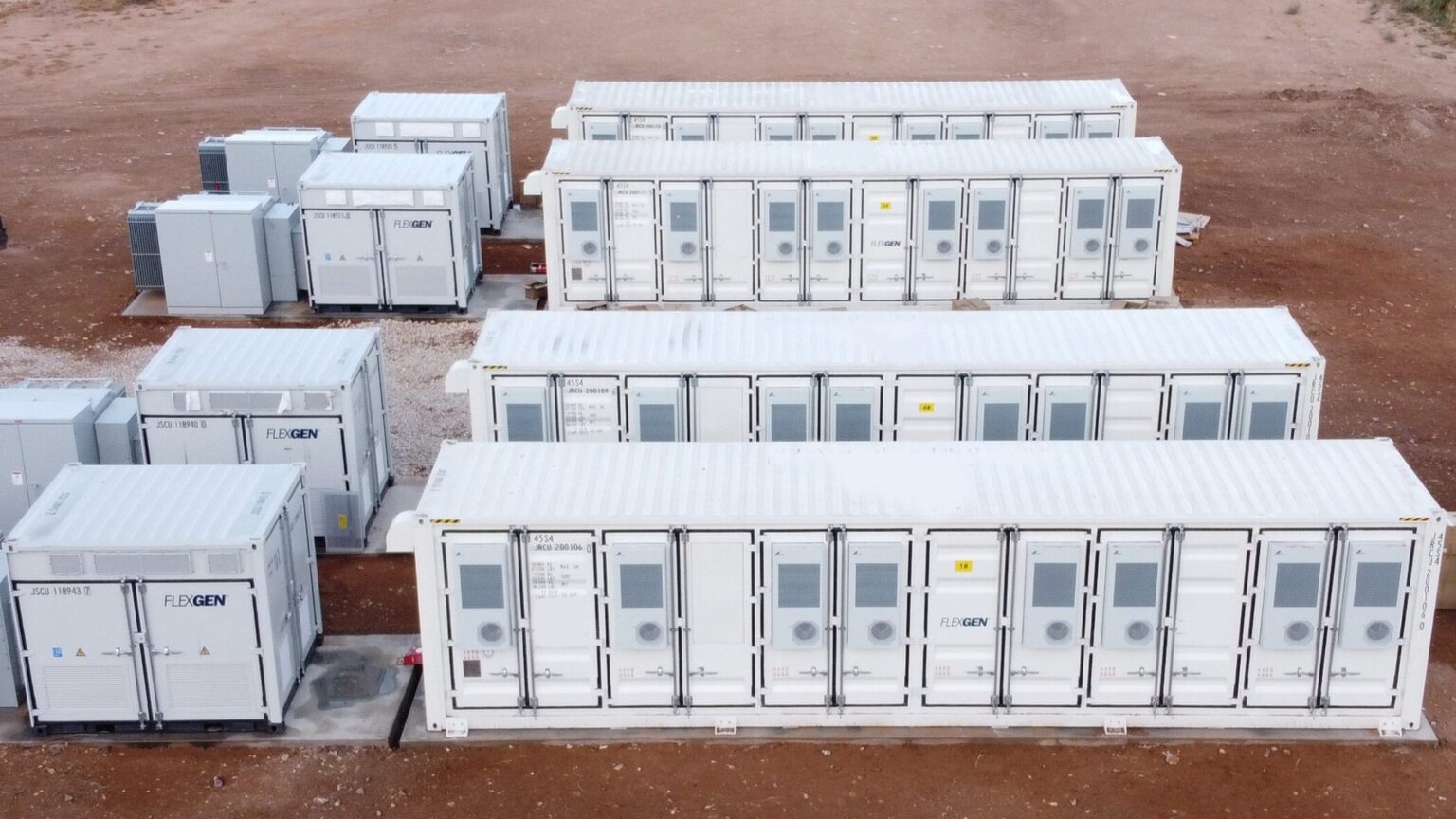Battery Storage Controls
Exploring the realm of software is of utmost importance, particularly within the context of storage systems. It is anticipated that the value of these systems will shift from mere hardware to encompass the software that governs and enhances the overall functionality, presenting an opportunity to attract a wider customer base and achieve greater profitability. It is important for BESS players to cultivate these abilities at an early stage.
The battery management system (BMS) is frequently mistaken for the EMS. The BMS is a straightforward system that serves two purposes: 1) enabling or disabling battery operation and 2) ensuring the safety of the batteries. When initiating a BESS, the EMS will instruct the BMS to activate the batteries (establish the DC bus). The BMS will execute this command only if it detects a safe condition. During operation, if the BMS detects parameters that are exceeding their acceptable range, it will prompt the EMS to decrease power output (in cases where parameters breach fault thresholds, the BMS will activate the opening of rack contactors).
The advancements in technology are driving the growth of the market for battery energy storage systems (BESS). Battery storage plays a crucial role in supporting the generation of renewable energy, facilitating alternative sources to consistently contribute to global energy requirements despite the inherently unpredictable nature of these sources. As battery prices decrease, the versatility offered by BESS (Battery Energy Storage System) will become crucial in various areas such as peak load management, optimizing self-consumption, and providing backup power during power disruptions. These applications are progressively gaining profitability.


